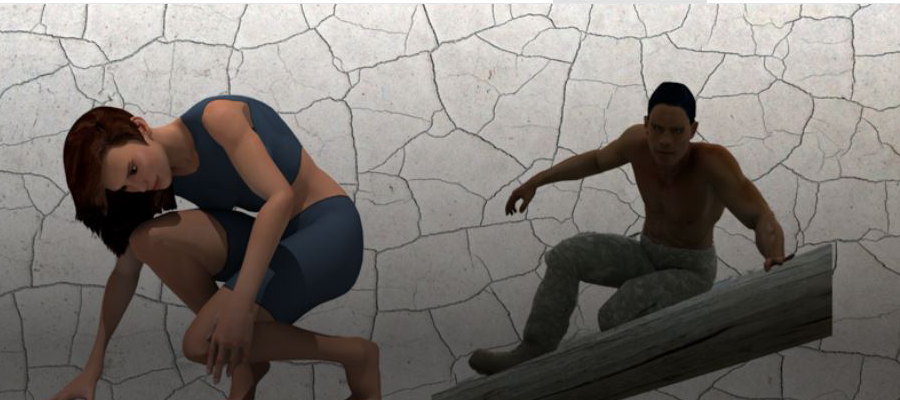Abstract
Anthropometric data can be measured manually, through traditional methods, or obtained from a 3D body scan. In both cases, anthropometric dimensions are measured in a static posture (e.g. standing, sitting) however, people interact with products and environments in movement. Anthropometry applied to the ergonomic design of spaces (e.g. workplace, cockpits) includes measurements of reaches and considers dynamic anthropometry, that is the functional ranges of movements of the limbs. In the case of wearables, products that are worn in contact to the body (e.g. clothing, protective gear), the variability of the shape and dimensions during the moment is crucial information to achieve a good fitting, comfort and performance.
The appearance of new 4D body scanning technology enables the generation of digital human models in movement which reproduce the actual body shape in motion. Anthropometry in movement is a new category of body metrics that can be obtained from a sequence of scans. In this paper, the variability of eight anthropometric dimensions (neck to waist length, back length, arm length, thigh girth, crotch length, arm girth, waist girth and hip girth) is analyzed in different movements. For this purpose, ten subjects, with a variety of morphotypes, have been measured performing different movements using a 4D scanning system. The methodology to process the sequence of body scans is described to obtain automatically anatomical references of the anthropometric measurements along the movement. The results presented show the evolution of the eight anthropometric dimensions during the movement for the different subjects and movements. The mean ranges of variation are also reported and can reach values between 2-14 cm that will be relevant information for wearable design. Anthropometric dimensions in movement is a new body metric that require further research to establish new protocols, better anthropometric definitions and the creation of new datasets.
Keywords: anthropometry, 4D body scanning, dynamic anthropometry, body scanning in motion
How to Cite:
Uriel, J. & Ruescas, A. & Iranzo, S. & Ballester, A. & Parrilla, E. & Remón, A. & Alemany, S., (2022) “A methodology to obtain anthropometric measurements from 4D scans”, Proceedings of the 7th International Digital Human Modeling Symposium 7(1): 12, 13 pages. doi: https://doi.org/10.17077/dhm.31758
Rights: Copyright © 2022 the author(s)
Downloads:
Download PDF
View
PDF

